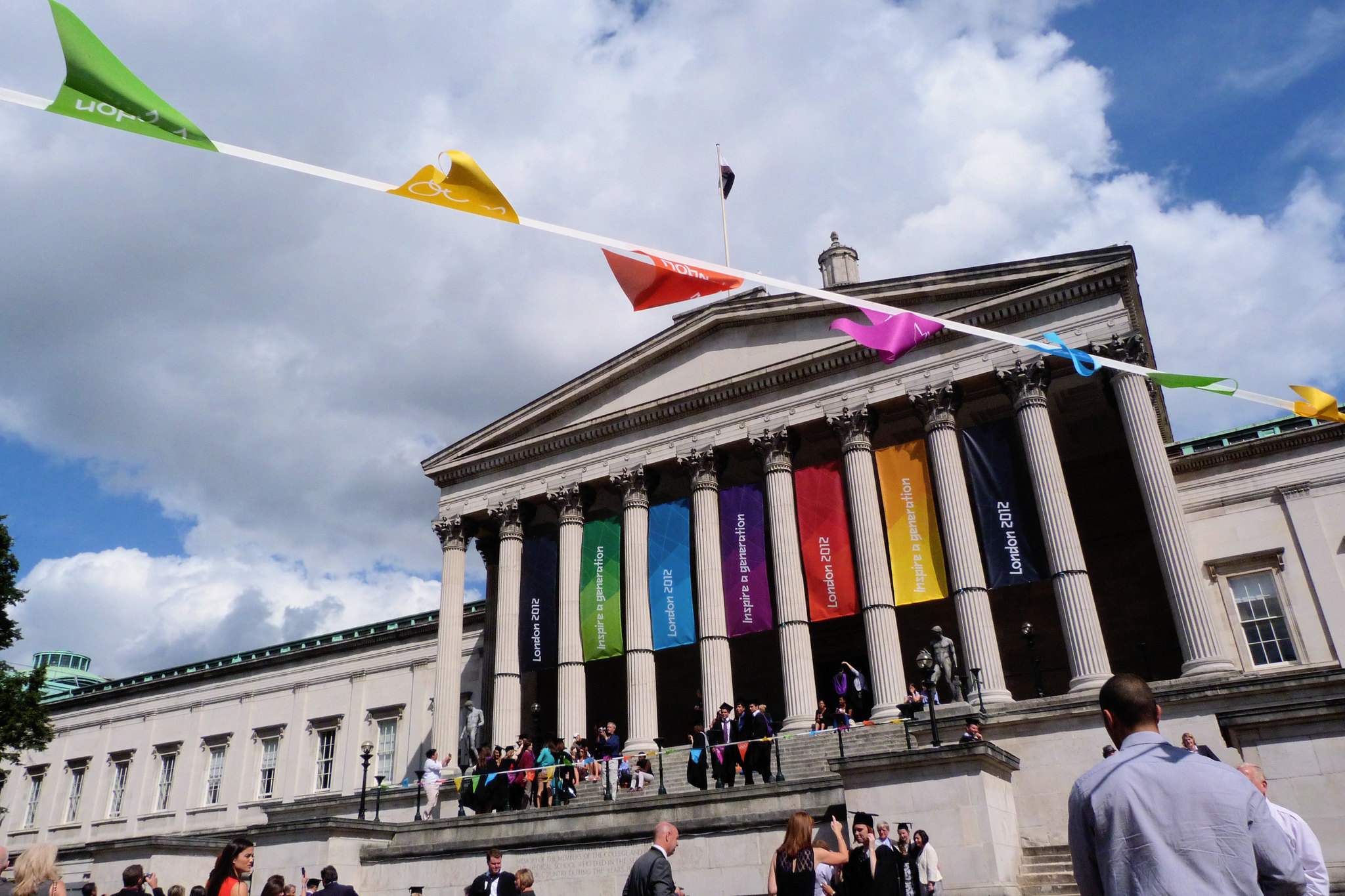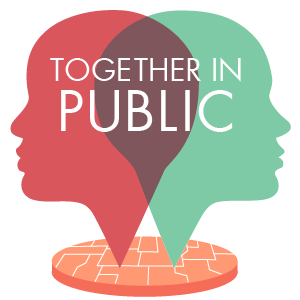

Like many engineers, Sarah Bell does her job because she wants to build a better world. But, again like many engineers, she worries that the people and agendas with access to the power of engineering are a bit limited.
“There is this gap–technical knowledge really is only available to the people who can afford to pay for it,” Bell told me over coffee, just around the corner from her offices at University College London (UCL) where she’s a senior lecturer in environmental engineering.
So, she decided to do something about “this gap” and set up the UCL Engineering Exchange, a way to connect academic engineers with local community groups. “It’s very difficult for community groups to access technical knowledge. And that just means that the level of debate and scrutiny and discussion that we have, on all sorts of decision making, just isn’t at the same sort of quality that it might be,” she said. The idea of doing work pro bono might be reasonably common in some areas of professional expertise–law, for example–but it is less common in science or engineering.
“In a highly technological society, that’s a bit scary,” she said, then paused. “So there is a basic democratic principle underpinning this. As a university, we work with policy makers, we work with industry, people who fund our research, and so on. And there is a lot of effort, particularly in engineering, to get our discoveries or our knowledge out into the commercial sector, which is fine, but the bit of society that isn’t directly benefiting from that, that we’re not directly engaged with, is the everyday public.” In a way, UCL Engineering Exchange is just “balancing out” access to engineering expertise, she explained.
For Bell, it’s important that the project connects researchers to community groups–students and graduates have useful skills, too–partly because it gives engineers of all degrees a chance to learn and take this experience into other areas of their work.
“We want this to be a two-way process. We’re not just providing a service, but we’ll also be running other activities so it’ll feed into identifying new research projects, new research agendas that need to be pursued on the basis of community needs, in the same way that industry needs to drive certain research projects and agendas,” she said.
Still, Bell feels there is space for a larger network of pro bono engineering, even if it wasn’t an initial aim of the project. “A lot of engineers are in it because they have this positive view of helping the world and making a difference,” she explained. They’ve had a few inquiries from engineers who want to get involved in this sort of work. “At the moment we’re trying it out with something as simple as a LinkedIn group. It might be all that it needs.”
Bell’s lucky enough to work for an institution that supports this sort of work. UCL has a public engagement fellowship scheme to which academics can apply to devote some of their time to building better relationships between science and society. This awarded Bell two days of her week for a year to work on the project. When she told her dean, he offered to double the length of her fellowship and paid for an assistant two days a week, too.
She was also able to draw on work by other academics in the university, particularly the planning school and geography department, who had been working with local communities around issues of regeneration. They had already built up relationships with community groups and had identified a need for technical skills. Out of this came the exchange’s first project, a technical review on the demolition of social housing.
In terms of building new relationships with other groups, Bell feels it’s largely a matter of getting the word out, though she can also draw on other links within UCL. She’s confident there is an appetite for their expertise out there. Speaking about their launch event last month, she grinned with a glint in her eye: “You know what it’s like, you invite the public into the university and they don’t bloody leave.”


How We Get To Next was a magazine that explored the future of science, technology, and culture from 2014 to 2019. This article is part of our Together in Public section, on the way new technologies are changing how we interact with each other in physical and digital spaces. Click the logo to read more.
